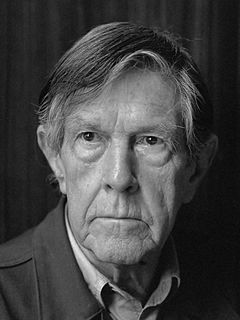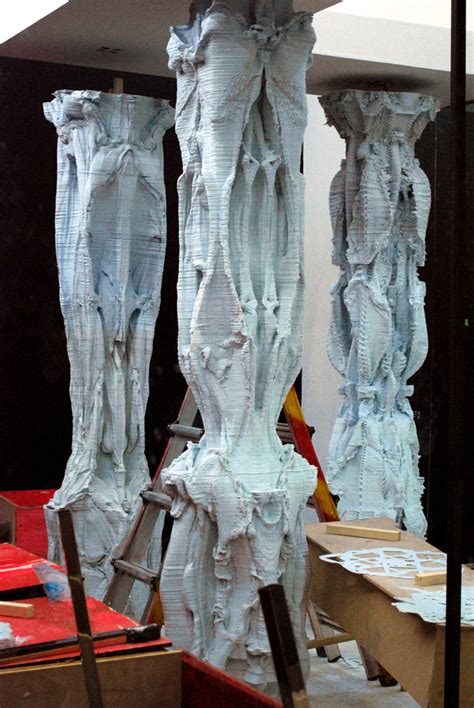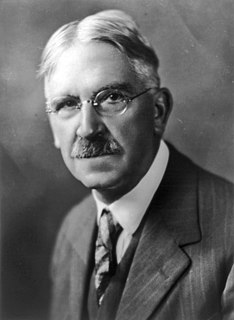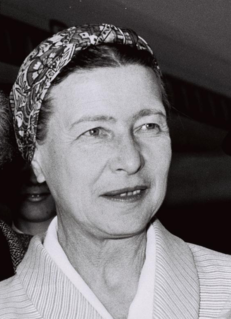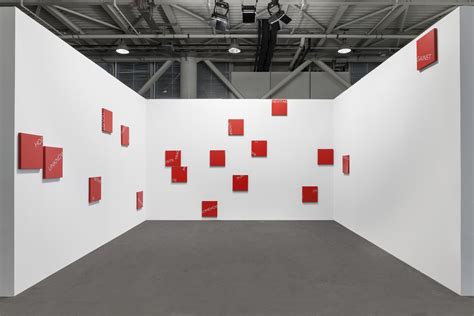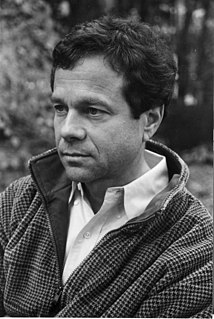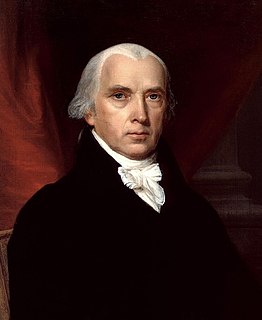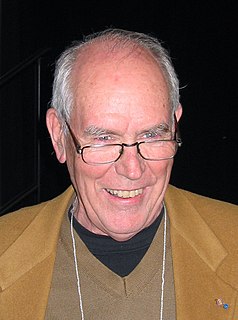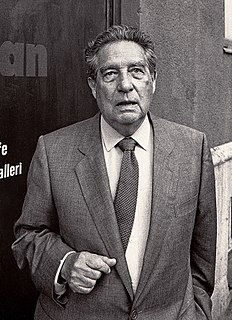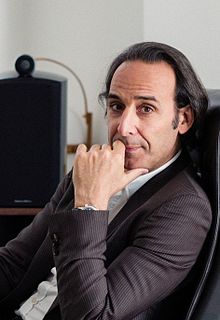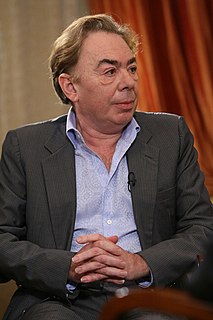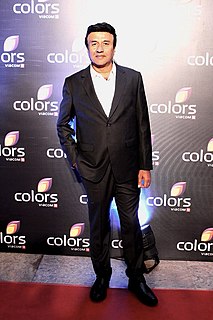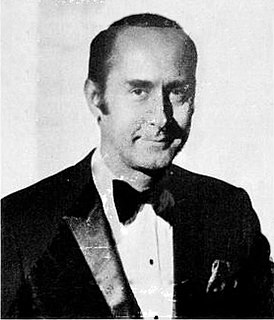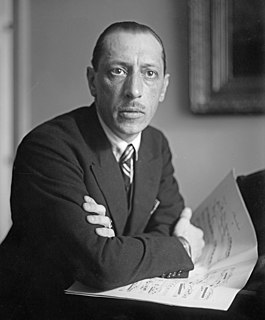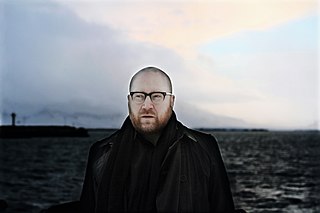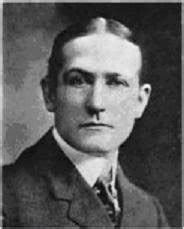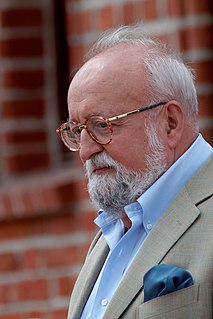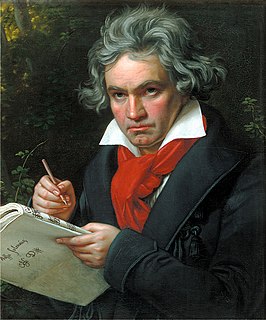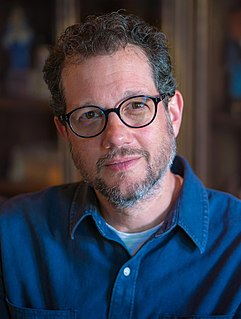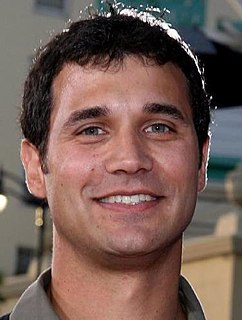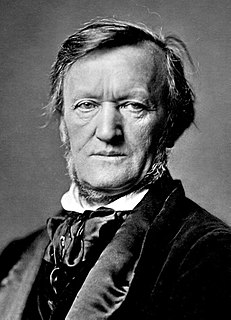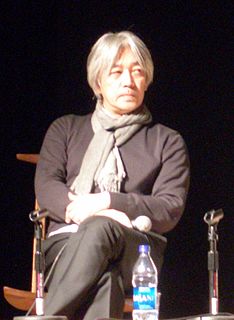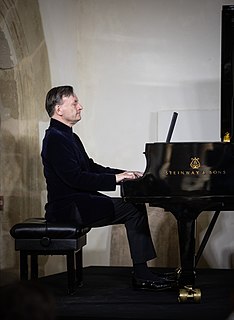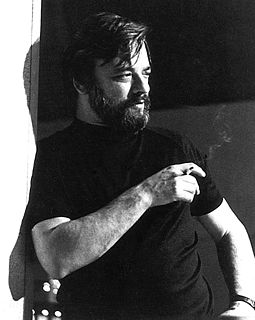A Quote by John Cage
Related Quotes
I've always seen process of crafting as part of the thinking process. It really forms the gestation of the work. I'll get an idea; I want to express this idea, sometimes I'll start it, but during the process of making the object - if it's an object or a painting - it changes. It never goes in a linear progression from A to Zed. It's always this kind of circuitous, stumbling, groping in the dark kind of process of evolving.
If thinking is like perceiving, it must be either a process in which the soul is acted upon by what is capable of being thought, or a process different from but analogous to that. The thinking part of the soul must therefore be, while impassable, capable of receiving the form of an object; that is, must be potentially identical in character with its object without being the object. Mind must be related to what is thinkable, as sense is to what is sensible.
A life is such a strange object, at one moment translucent, at another utterly opaque, an object I make with my own hands, an object imposed on me, an object for which the world provides the raw material and then steals it from me again, pulverized by events, scattered, broken, scored yet retaining its unity; how heavy it is and how inconsistent: this contradiction breeds many misunderstandings.
The words represent ideas first of all. That is something you have to understand. I mean, it is not just an object, but it is an object with a history and it is loaded with all kinds of implications and ideas. They exist in the world in a very special way. So they kind of represent some aspect of the world that we perceive, as do photographs, as do drawings of trees or whatever. And they are not a one to one. They are not the world, but they kind of refer to the world and they also exist in the world.
In this world, time has three dimensions, like space. Just as an object may move in three perpendicular directions, corresponding to horizontal, vertical, and longitudinal, so an object may participate in three perpendicular futures. Each future moves in a different direction of time. Each future is real. At every point of decision, the world splits into three worlds, each with the same people, but different fates for those people. In time, there are an infinity of worlds.
